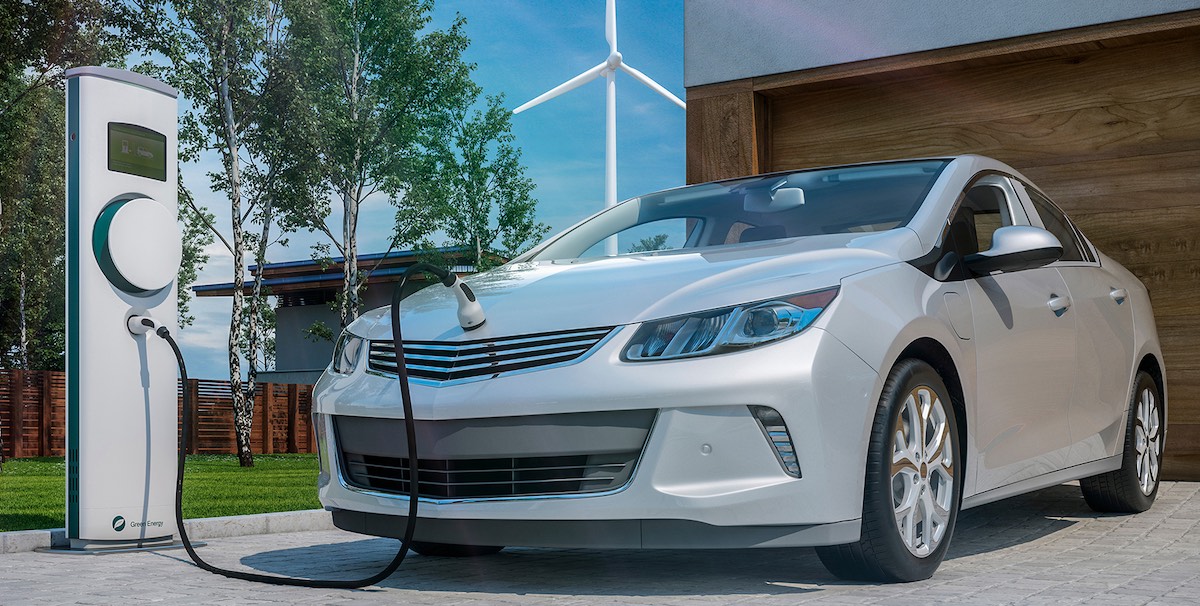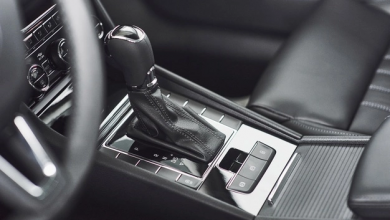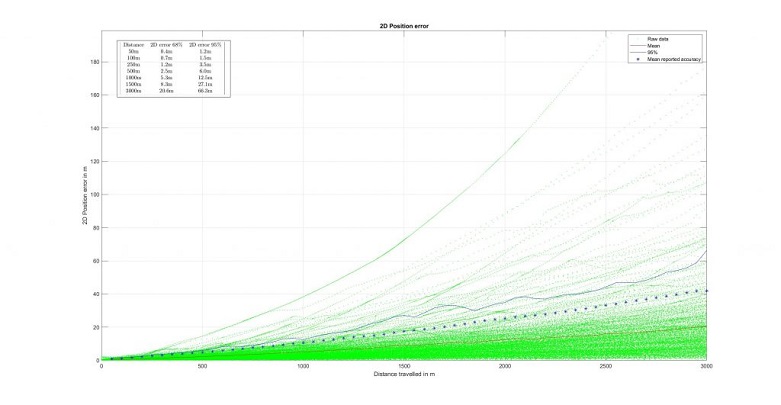Why C-V2X depends on high-volume, high-performance, high-quality modules to make connected driving a reality

With ABI Research predicting that by 2025 there will be more than 10 million vehicles capable of short-range vehicle-to-everything (V2X) communication, and with cellular connectivity available in 346 million vehicles and smart city cellular connections exceeding 165 million, it’s clear that a connected ecosystem of vehicles, infrastructure and people is poised for massive growth. However, this growth depends on a wide choice of modules being available to support all the connected devices in the C-V2X ecosystem.
Much of this ecosystem comes together and is enabled under the umbrella of cellular V2X (C-V2X) which utilizes both LTE and 5G to enable secure, efficient connections between people, vehicles, roads, transportation devices and infrastructure. Systems that are truly smart become the reality thanks to C-V2X because of its ability to support the collection of data from multiple sources regardless of their location.
The performance of LTE and 5G unlocks the potential of C-V2X thanks to the security, low latency and high-speed connectivity the technologies deliver. This isn’t future gazing, there are real applications today, although the ultimate goal is to enable fully automated, self-driving vehicles once the enabling technology for these services matures. Emerging use cases that rely on C-V2X connectivity include projects focused on conserving resources, reducing pollution, eliminating accidents and optimizing transport efficiency.
In addition, steps towards automated driving such as support for the various levels of advanced driver assistance systems (ADAS) will be enabled by connecting sensors, cameras and car data networks. Services such as pay-as-you-drive or usage-based insurance, vehicle maintenance and diagnostics, infotainment and safety features such as eCall will all be supported by C-V2X.
Who benefits form C-V2X?
C-V2X is proving popular because it offers a series of advantages for different groups of users. For vehicle makers, for example, the combination of secure connectivity in a single module delivers a means to improve driver safety.
For road operators, C-V2X allows for direct communications in the 5.9GHz intelligent transport systems (ITS) band to be supplemented by cellular communications ensuring high service availability and reliability. The improved performance of 5G has the potential to reduce the density of roadside infrastructure, thereby reducing the investment burden for road operators.
For society in general, C-V2X has the potential to enable assisted driving, help avoid accidents and support communication between vehicles and infrastructure. This opens up the possibility of safer, faster journeys with increased automation making experiences better. As developments accelerate, assisted driving will reduce errors and the load on drivers, enabling them to participate in infotainment and other tasks.

Why modules matter
To enable this new ecosystem a vast volume of modules are needed to be installed in vehicles, in users’ mobile devices, and in smart city and road infrastructure. Each of these situations places different requirements on modules and there are regional variations in connectivity to consider. Therefore, a wide choice of C-V2X modules is needed to meet the differing needs of users and use cases.
Quectel has created a comprehensive portfolio of modules and antennas to support this market. These include the Quectel AG55xQ, an automotive grade 5G NR sub-6GHz module which meets the 3GPP Release 15 specification and supports both standalone (SA) and non-standalone (NSA) modes. The AG55xQ supports maximum downlink rates of 2.4Gbps and uplink rates of 550Mbps for 5G NR, and maximum downlink rates of 1.6Gbps and uplink rates of 200Mbps for LTE-A. Available in Europe, the module is deployed in telematics boxes, telematics control units, advanced driver-assistance systems, C-V2X (V2V, V2I, V2P) systems, on-board units and roadside units.
Based on 3GPP Release 14 compliant LTE-V2X direct communications, the Quectel AG15 supports vehicle-to-vehicle (V2V), vehicle-to-infrastructure (V2I) and vehicle-to-pedestrian (V2P) communications on the unified 5.9GHz ITS band without the need for a (U)SIM, cellular subscription or network assistance. It is able to meet connected vehicles’ demand of communication with lower latency, higher reliability and high throughput. The AG15 is a global V2X communication solution to meet enhanced driving safety, autonomous driving, ITS and ADAS application demands.
A further option is the Quectel AG57xQ series of automotive grade 5G NR Sub-6 GHz modules that support maximum 2.2 Gbps downlink and 550 Mbps uplink data rates at 5G NSA mode, and maximum 800 Mbps downlink and 200 Mbps uplink data rates at LTE-A. Supporting optional C-V2X PC5 direct communications, the AG57xQ series is a great solution for automotive applications and makes the traffic smoother and more efficient through paving the way for automated driving and achieving the goal of fully connected traffic. These modules will be commonly found in telematics boxes (T-Box), telematics control units (TCU), advanced driver-assistance systems (ADAS), C-V2X (V2V, V2I, V2P) systems, on-board units (OBU), roadside units (RSU), and other automotive/traffic systems.
In addition to this wide choice of modules that support C-V2X, Quectel, as a global IoT solution provider offers its extensive portfolio of embedded and external antennas, Connectivity-as-a-Service and its range of IoT device certification and testing services.
Global C-V2X deployment status
Although the C-V2X specification is mature, deployments across the world are underway at varying paces as 5G and automotive infrastructure continues to be installed and different jurisdictions place different requirements on automotive OEMs. In Europe, for example, ABI Research reports there are suggestions in the industry that inclusion of V2X in the 2025 Euro NCAP vehicle safety rating scheme will be delayed to 2027 due to insufficient time to develop new test protocols. While the NCAP has not officially confirmed any changes, there is consensus that if the 2025 timeframe is maintained, it will focus on early, more simple use cases. There is also consensus that 2027 will be the inflection point for mass adoption because a complete range of richer, more complex use cases will become part of the Euro NCAP scoring.
In the US, the recent dismissal of the appeal against the FCC’s 5.9GHz spectrum proceedings means that C-V2X has a clear path and should spur the FCC to grant the existing C-V2X waiver requests faster. On the downside, the US may not have enough spectrum for some advanced cooperative perception use cases in the future. In China, C-V2X is currently found in low-volume premium vehicle models, but there are at least 25 OEMs in different stages of V2X production in the country.
All markets now see C-V2X as the enabling technology behind current connected vehicle use cases and as the foundational enabler of automated driving and rich applications in the automotive industry in the near future. In the short term, variations in adoption rates across the world will level out and C-V2X will be deployed globally at scale. Quectel’s portfolio of C-V2X modules, antennas and testing and certification services is ready to support this massive growth as the automotive industry accelerates into its connected future.
About the Author:

Manfred Lindacher is VP Global Sales Automotive International, Quectel Wireless Solutions Co.


